Horizon L4 AI chip single-handedly hit NVIDIA, and 3-year-old Bi Jie set a global computing record. Is the domestic core open?
In the five years since the World Artificial Intelligence Conference was held, the SAIL Award, the highest award of the conference, has been a "fairy fight" every year.

In order to compete for this prestigious prize of "Oscar" in the field of artificial intelligence, head enterprises at home and abroad often take two projects at the same time to increase their chances of winning. Due to the fierce competition, for the sake of balance, the conference has added new thesis awards since 2020, and the number of awards has increased from 4 to 5; Since 2021, on the basis of five grand prizes, six SAIL Star Awards have been added.
The SAIL Award of this year’s conference will be announced today. This year, more than 800 projects around the world participated in the application. In the top 30 list that has been decided before, there are many head enterprises and well-known academic institutions such as Meituan, Tencent, Baidu, Qualcomm, Amazon, Iflytek, JD.COM, Institute of Automation of Chinese Academy of Sciences and Massachusetts Institute of Technology.
No matter who the winner is, these 30 hard-core projects are weather vanes, which are enough to represent the most cutting-edge technologies in the global artificial intelligence industry and reflect the most popular applications.
"China Core" has "three highs"
In this year’s top 30 list, chips are clustered together, focusing on cloud reasoning chips, training chips, car chips and so on. This is a clear evidence of the accelerated landing of the artificial intelligence industry.
For example, autonomous driving is a hot track with great commercial value in the artificial intelligence industry, and its core lies in on-board chips. The era of cars is defined by software, and the big computing chip stands on the C position. Horizon Journey 5, which was shortlisted in the top 30 this year, is the representative of the big computing chip.
Journey 5 is Horizon’s third-generation car-level AI chip, which adopts TSMC’s 16-nanometer process. The maximum AI computing power of a single chip is 128TOPS (processor computing power unit), and the power consumption is 30W. It supports 16-channel camera sensing computing and can cover L4-level automatic driving requirements. It is the first 100 TOPS-level AI chip that can be mass-produced in China. At present, Journey 5 has won the mass production cooperation of many mainstream car companies such as BYD and SAIC.
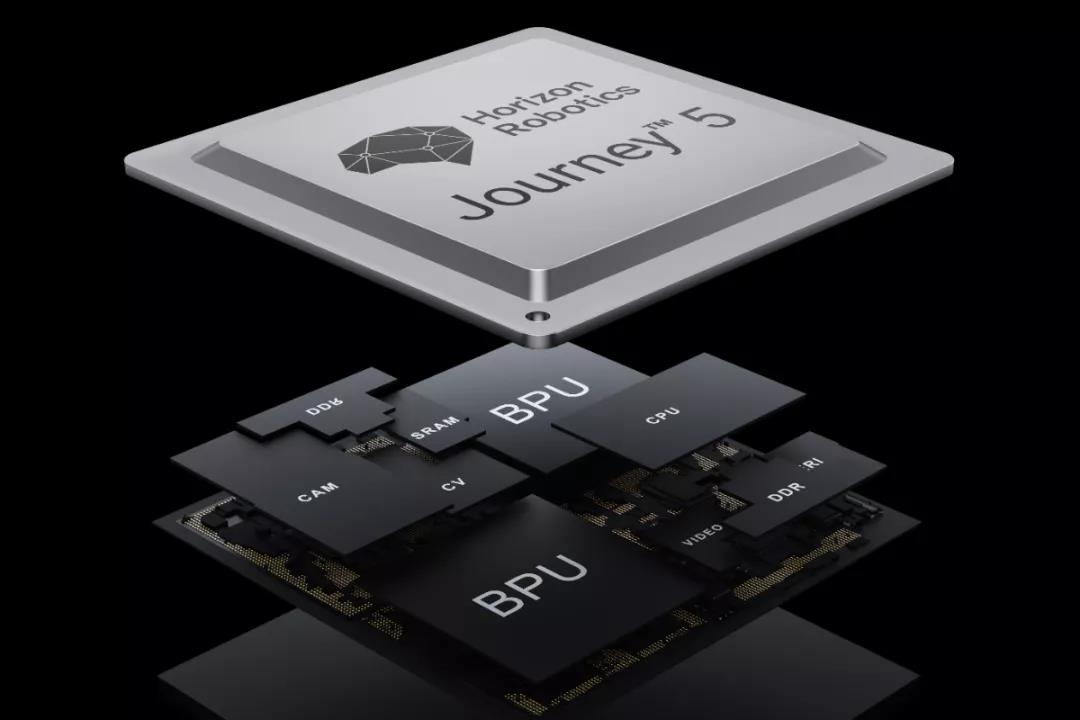
It is easy to compare Journey 5 with Orin, a 7-nanometer autopilot chip released by NVIDIA in 2019. Orin’s single chip has a computing power of 254TOPS and a power consumption of 45 W. It can be seen that the gap between Journey 5 and international giants such as NVIDIA is narrowing. However, in April last year, NVIDIA released a new generation of autopilot chip Atlan. Atlan uses a 5-nanometer process, and the computing power of a single chip can reach 1000TOPS, and samples will be provided to developers in 2023. It can be seen that there is not much time left for the horizon, and its journey series must accelerate the iteration.
The battle for chips is only fast and not broken. With the blessing of capital strength, domestic cores are expected to get up quickly. This time, BR100, a general-purpose GPU chip of Biwa Technology, also entered the TOP30 of SAIL Award. BR100 adopts TSMC’s 7 nm process, and the peak computing power of a single chip can reach trillions of floating-point operations per second, breaking the global GPU computing power record.
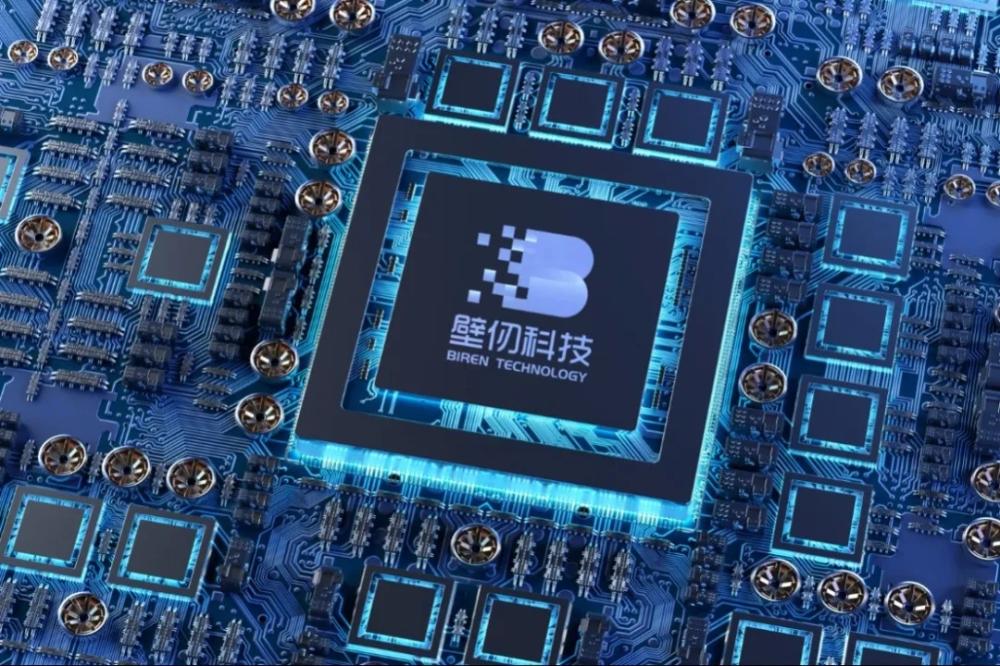
Chip industry is highly capital-intensive, talent-intensive and resource-intensive, among which general GPU chip has a very high threshold, and the global market is basically controlled by NVIDIA and AMD. However, Biqi Technology has created a rare speed in the industry-within 18 months of its establishment, it raised more than 4.7 billion yuan, and its founder, Zhang Wen, was a "super headhunter", which quickly attracted former AMD global vice president Li Xinrong, former Qualcomm GPU team leader Jiao Guofang and HiSilicon self-developed GPU chief architect Hong Zhou to join. High-density investment in capital, talents and resources is the core reason why Bi Jie was able to produce BR100 in less than three years after its establishment.
Observing domestic peer companies such as Tianxin Zhixin and Moore Thread, there are also many blessings from the elite teams of NVIDIA and AMD industry giants. In addition, domestic large capitals and large funds also have a large amount of money. The industry believes that the landing scenes and attractive returns with great commercial value in China attract talents, capital and resources to be highly concentrated in the field of AI chips. This "three highs" is creating opportunities for SMIC to break overseas monopoly and realize domestic substitution.
Why is the big model multimodal?
In this year’s top 30 list, there are many big models. Pengcheng-Baidu Wenxin Big Model, Huawei Cloud AI-aided drug design platform, and Zidong Taichu, the world’s first three-mode big model based on Shengteng AI from Institute of Automation, Chinese Academy of Sciences, are all determined to win.
What is a big model? Generally speaking, it is the combination of "big data+big computing power+strong algorithm" and the carrier to realize the application of artificial intelligence.
For example, Pengcheng-Baidu Wenxin model is the largest Chinese monomer model released by Baidu at the end of last year, and has been widely used in Baidu search, information flow, smart speakers and other products. In the financial field, the model can complete the intelligent classification of nearly 40 categories of terms in a contract, shorten the time of processing a single contract text to 1 minute, and increase the speed by dozens of times.
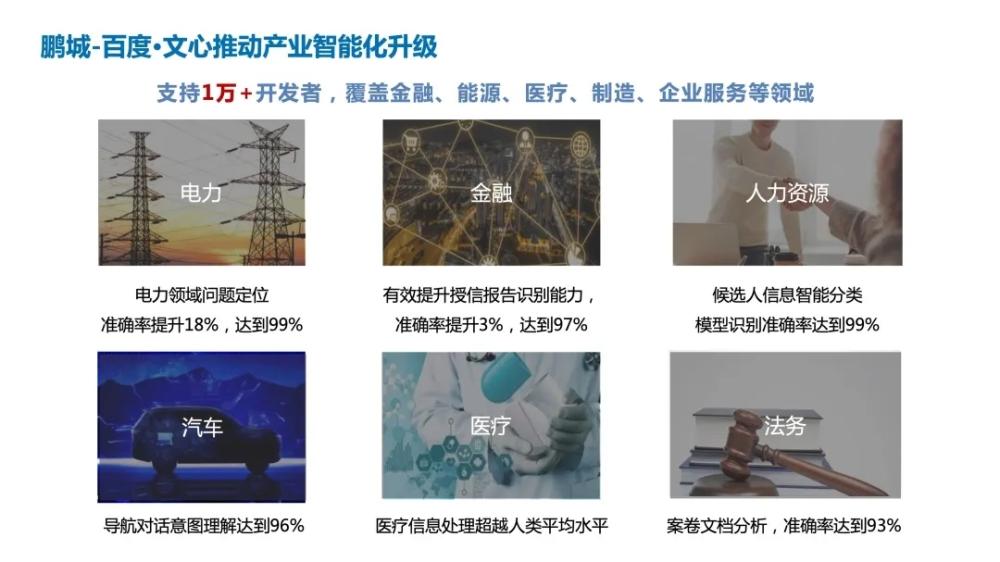
A large model limited to a single text is a single-mode large model. The "Zidong Taichu" of the Institute of Automation, Chinese Academy of Sciences, traverses images, texts and sounds, realizing the "unified representation" and "mutual generation" among the three modal data, and its understanding and generation ability is closer to that of human beings.
For example, if you play a video of textile production, the virtual human trained by Zidong Taichu will give feedback at the beginning, and it will hear the sound of yarn breakage in the third second. This ability is of great use in industrial quality inspection; Say keywords such as blue sky, sea and seagull to Xiaochu, and it will generate videos with these elements; Please ask Xiaochu to improvise a poem around the tiger, and it will soon recite a poem, "Someone asked me who doesn’t surround the bamboo fence in the road."
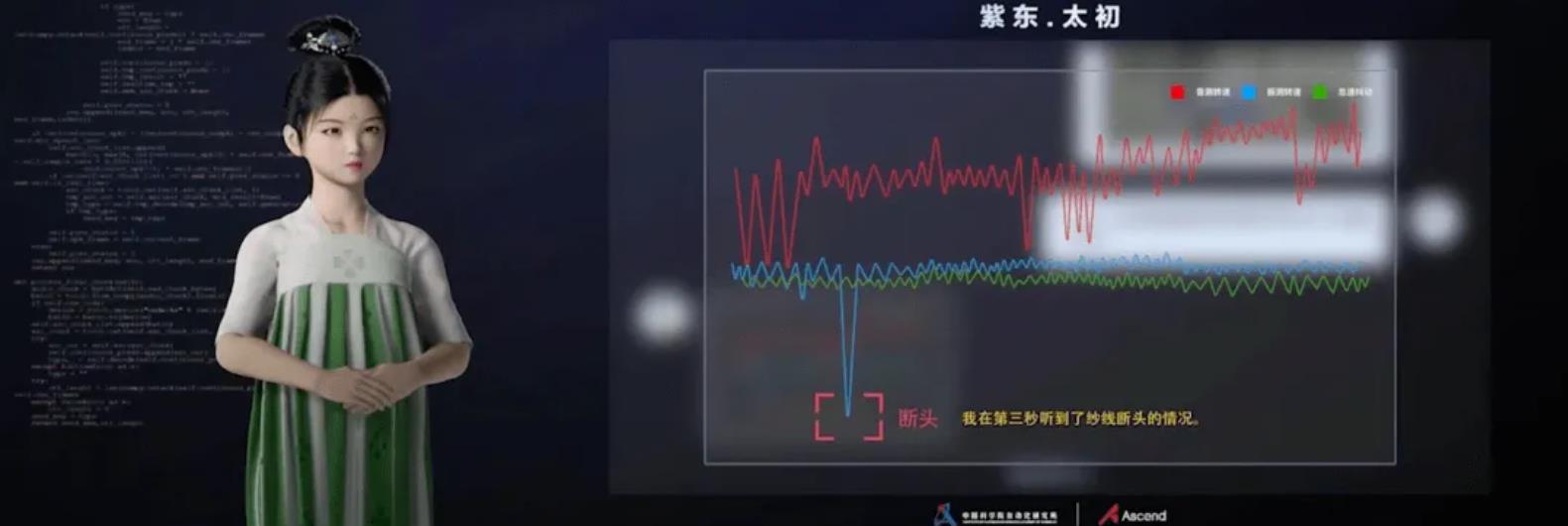

With the gradual landing of AI, more scene applications need to be supported by multi-modal large models, such as cross-modal retrieval, intelligent question and answer, literary and artistic creation, video dubbing, video summarization, etc., which have become the best mapping of industrial needs. Making AI more "personality" is the direction that the industry is focusing on, and its future can be expected.
? Metauniverse is committed to strengthening reality with virtual reality.
Among the TOP30 of the SAIL Award, there are also the most popular metacosmic technology projects, such as the Unity-based high-availability simulation platform from Beautiful Associates, the ThreeDworld universal interactive multi-modal physical simulation platform launched by MIT-—IBM Watson Artificial Intelligence Laboratory, and the Omniverse metacosmic platform in NVIDIA.
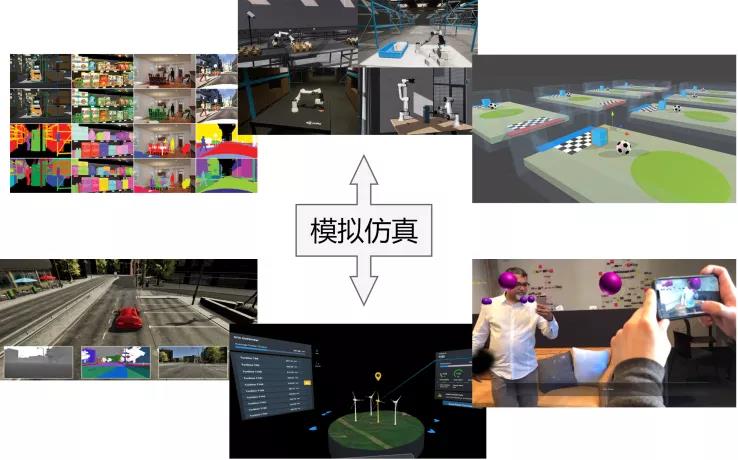
Beautiful high-availability simulation platform based on Unity.
Creating a "realistic virtual world" has always been the dream of researchers in artificial intelligence and cognitive science. Generally speaking, machine deep learning needs a lot of labeled data, but manually labeling data is not only costly and time-consuming, but also may have errors. Therefore, AI scientists have been seeking how to synthesize training data, use the synthesized data for computer training, and then apply the training results to real robot systems.
ThreeDworld, launched by MIT-—IBM Watson Artificial Intelligence Laboratory, focuses on simulating "real physics in virtual world". This simulation is very real and can replace the real object detection. According to the laboratory evaluation, it took more than three years for the object detection industry to reach the level, and it can be achieved in one day through digital twinning. This technology can support a wide range of application scenarios, such as simulating 3D interior design, 3D navigation, 3D experiments, 3D target detection, 3D physical prediction and so on.

ThreeDWorld simulates the physical laws and appearance of the real world in the virtual world.
NVIDIA Omniverse platform is also a big hit in this year’s SAIL Award. In 2020, BMW used Omniverse platform to build a complete digital twin of its own factory, thus improving the operational efficiency of the enterprise by 30%. The selection of the platform in the top 30 also reveals a distinct industrial direction-the meta-universe is undoubtedly of greater significance to improving the quality and efficiency of the real economy with its virtual and strong characteristics.

Bmw digital twin factory.